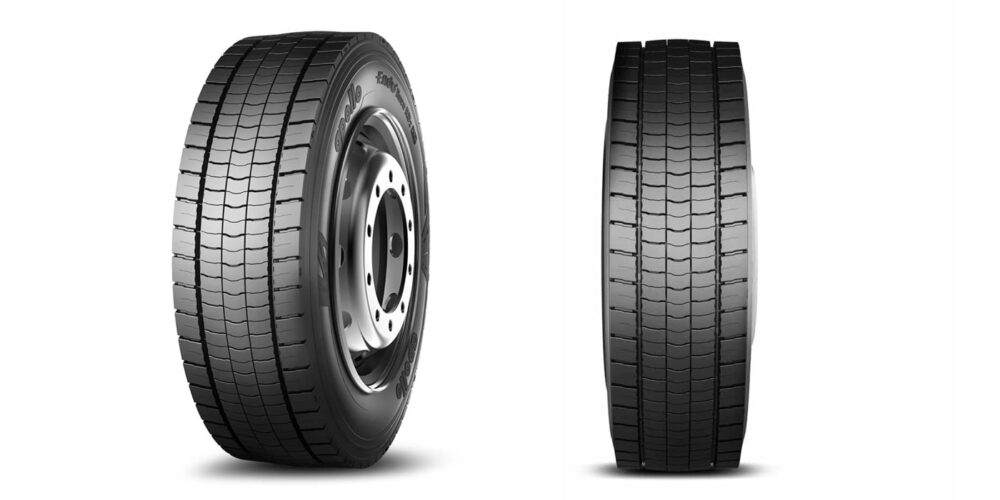There is a new diesel lube oil specification (PC-11) scheduled to take effect in 2017. I’ve heard several comments about the new lube oil performance category, and some of them are inaccurate.
The PC-11 category is primarily driven by fuel economy. The new direction in EPA regulations is to emphasize greenhouse gas (GHG) reductions—a welcome relief from the prior emphasis on NOx reduction. Technical people realize that the most expedient way to reduce GHG emissions is to improve fuel economy.
When truck fuel economy regulations were imposed, most engine and vehicle manufacturers weren’t overly concerned about 2014 model year requirements, because they thought current technology could be “tweaked” to meet them. However, by 2017, some serious new technology will be required. The Engine Manufacturers Association (EMA) wrote a letter to the American Petroleum Industry (API) requesting assistance of the additive and petroleum industries in achieving its 2017 goals. The letter asked for more “biodiesel-friendly” lube oils, but the primary emphasis was improved fuel economy.
Traditionally, lube oil fuel economy (and horsepower) gains on the order of 1% to 1.5% have been achieved by utilizing thinner (less viscous) oils. NASCAR engine builders have done more R&D along those lines than anyone, but all racers now appreciate horsepower gains from reduced lube oil viscosity. The largest horsepower gain I’m aware of was a 2% gain (from 1,400 to 1,425 HP) achieved by one NHRA Pro Stock team. Gains achievable by race engineers don’t necessarily transfer to your heavy-duty truck operation. NHRA Pro Stock engines are rebuilt every three to four miles. NASCAR engines are rebuilt every 500-600 miles. Your trucks need 100 times longer engine life.
The EMA asked the oil industry to develop more effective lubes by taking a more thorough look at diesel engine oil chemistry prior to 2017. They know they are going to need help to meet government fuel economy requirements, and they thought the oil industry could develop more fuel-efficient diesel lubes given sufficient time.
Can diesel engine oils yield better fuel economy? The first step is to reduce viscosity even further. Oil marketers are already providing products that can accomplish significant improvements. SAE 10W30 mineral oils provide better fuel economy than SAE 15W40 oils. SAE 5W30 synthetic oils give even better fuel economy than SAE 10W30 mineral oils. But what is the minimum viscosity possible?
Engines require sufficient oil pressure and film strength to avoid metal-to-metal contact between components. Oil pressure is a function of the oil pump’s output minus pressure “leaks” inside the engine such as connecting rod bearing journal and side clearances. NASCAR and NHRA engine builders learned to maintain oil pressure with thinner oils by closing up clearances in the engine. They also learned that engines can survive on less oil pressure than previously thought if film strength is sufficient. Even thinner diesel oils can be utilized if engine builders close up clearances as much as is practical.
The oil industry’s chemists also can contribute. Diesel engine oils are a combination of several chemicals, each designed to provide a specific function. None of these chemicals were initially developed with fuel economy in mind, and some of them have relatively high coefficients of friction. Good fuel economy oils need to be “slippery,” so oil chemists need to investigate each compound in the oil to see if they can reduce its coefficient of friction. Racers just leave out some of those compounds to reduce friction because their oils don’t need to survive for long.
Another possibility is to utilize friction modifiers like those used in passenger car motor oils, but some diesel engines have components that can’t tolerate friction modifier chemistry. Engine builders also will have to modify these components before 2017.













